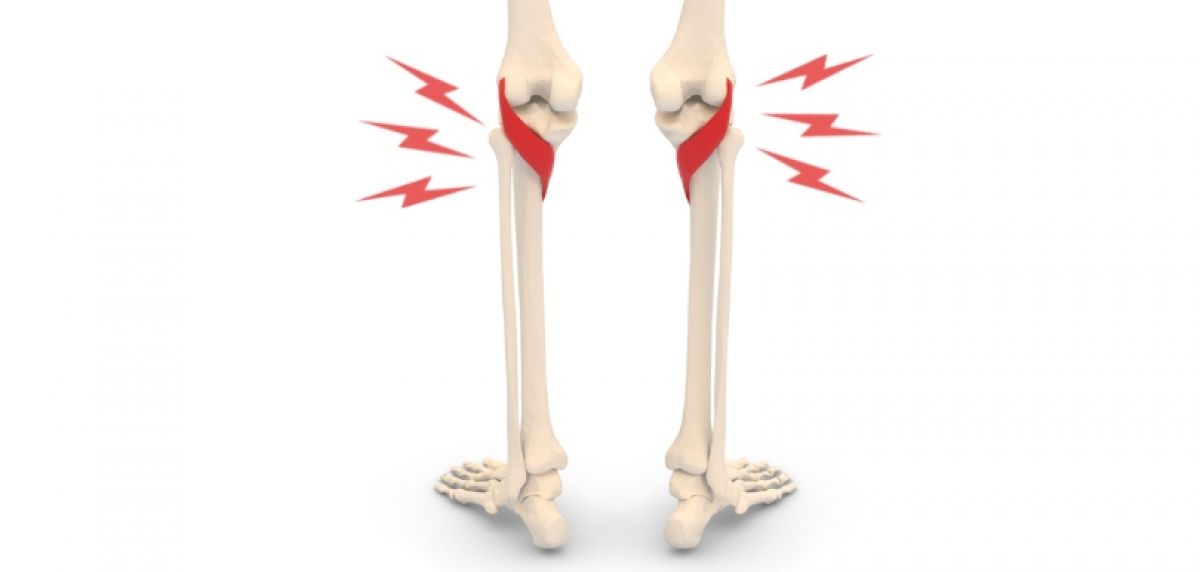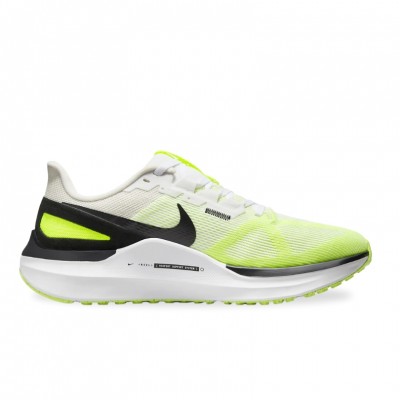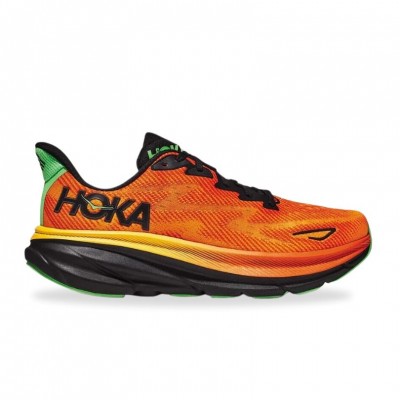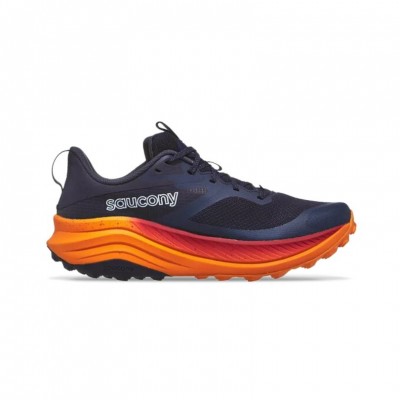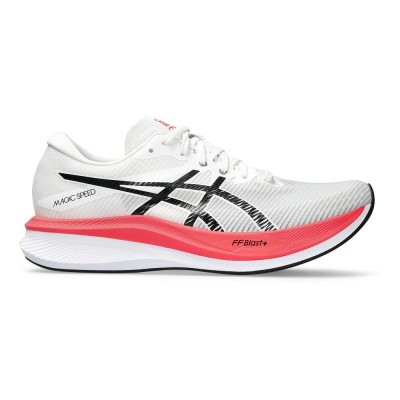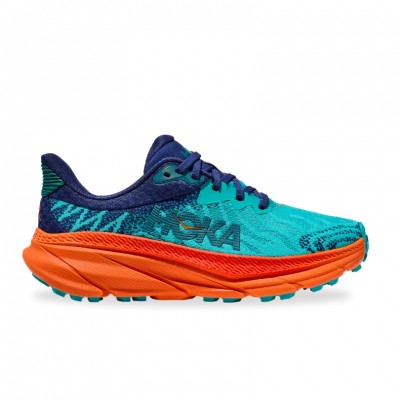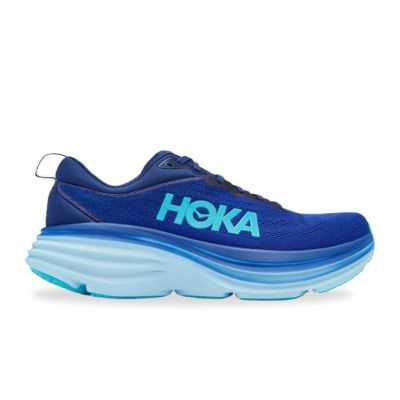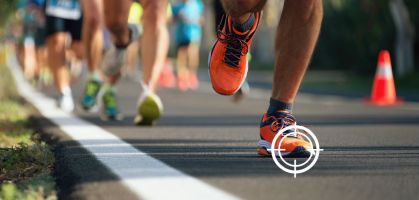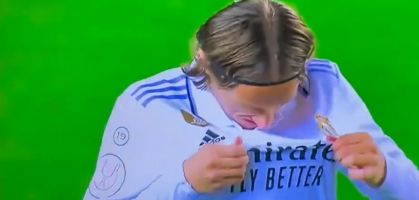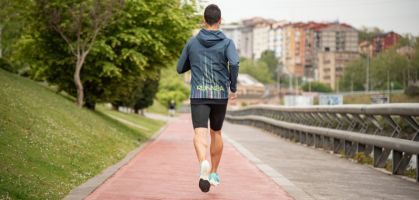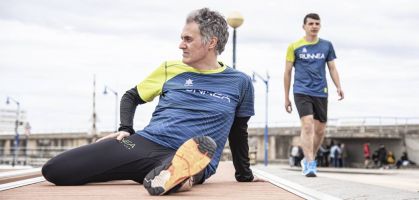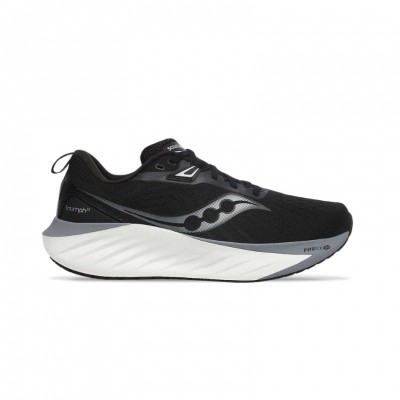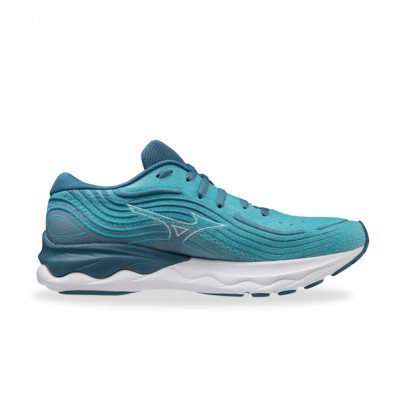Popliteal Tendonitis is a very common injury that affects runners, cyclists and in general athletes who perform high intensity activities. This injury occurs in the tendon of the popliteus muscle, which is located just at the back of the knee.
Popliteal tendinitis is caused by overloading the tendon, and is characterized mainly by a sharp, stabbing pain behind the knee, which can make mobility difficult.
Why does popliteal tendinitis appear?
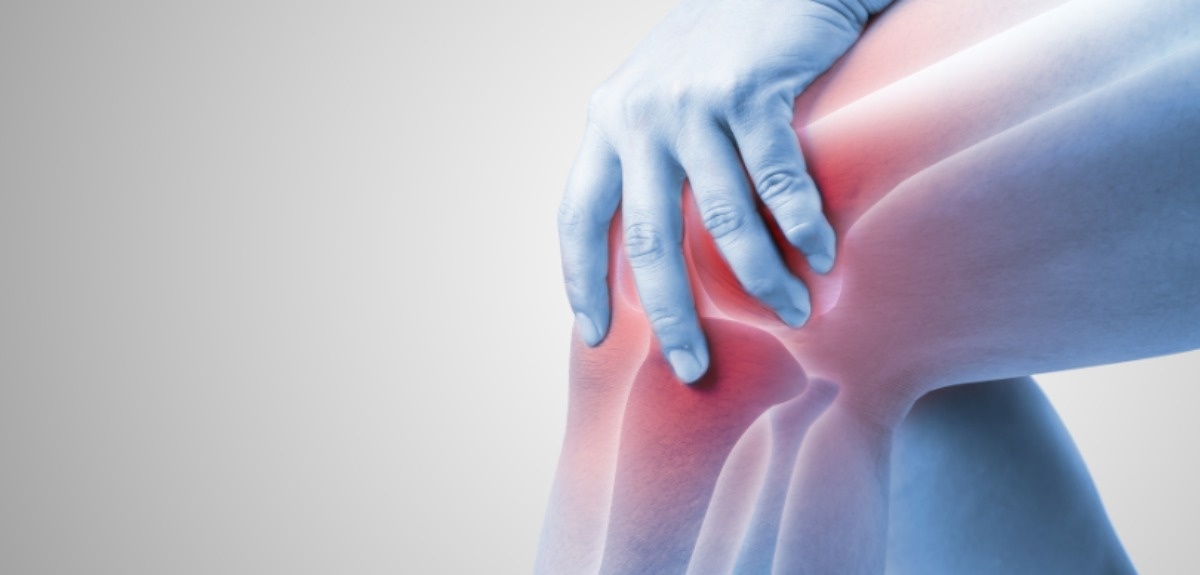
Popliteal tendinitis occurs when the tendon of the popliteus muscle is overloaded. This overload can be caused by high intensity exercise, poor running or cycling technique, or natural wear and tear of the tendon due to aging.
Popliteal tendonitis can occur for a variety of reasons. The most common are the following:
- Repetitive overload: when physical activities involving repetitive jumping, running or sharp turns are performed, the tendons in the popliteal region can become overloaded, which can trigger tendonitis.
- Muscular imbalances: when there is a weakness or hypertonicity in the leg muscles, this can generate a biomechanical alteration in the knee joint and increase the tension in the tendons of the popliteal region, favoring the appearance of tendinitis.
- Inadequate footwear: the use of inadequate or worn-out sports shoes can generate a bad distribution of the loads in the knee joint and alter the biomechanics of the foot and leg, which can increase the tension in the tendons of the popliteal region and favor the appearance of tendinitis.
Symptoms of popliteal tendonitis
The most common symptom of popliteal tendonitis is pain behind the knee, which can be sharp and stabbing. Other symptoms may include swelling, stiffness and weakness in the affected knee. In some cases, there may also be pain when performing activities such as climbing stairs or lifting heavy objects.
What is the treatment for popliteal tendinitis?
The treatment of popliteal tendinitis will depend on the extent of the injury and how long it has been developing. In most cases, a conservative approach including rest, ice, compression and elevation (known as the RICE protocol) is recommended for the first 48-72 hours to reduce inflammation and pain. Strengthening and stretching exercises to improve tendon flexibility and endurance may also be helpful. Occasionally orthoses or splints may be necessary to keep the knee in proper position and reduce the load on the affected tendon.
In addition, nonsteroidal anti-inflammatory drugs (NSAIDs) may be prescribed to relieve pain and reduce inflammation, and physical therapy may be performed to strengthen the muscles and improve flexibility.
In more severe or persistent cases, more invasive treatments such as corticosteroid infiltration or surgery may be used to repair the damaged tendon.
In extremely severe cases, surgery may be necessary to repair the damaged tendon. It is important to emphasize that treatment must be personalized and adapted to each patient, since not all injuries are the same and do not affect them in the same way. For this reason, it is always advisable to visit a health professional to obtain an accurate diagnosis and start the appropriate treatment.
How to prevent popliteal tendinitis
To prevent popliteal tendinitis , it is important to warm up well before any physical activity, as well as to perform strengthening and stretching exercises to keep the muscles of the leg and knee in good shape. It is also important to wear appropriate footwear for the sport being performed, and to consider the recommendations of the trainer or physiotherapist.
- Warming up and stretching properly before exercising
- Strengthening of the leg and knee muscles through regular exercise and strength training.
- Wearing proper running shoes that offer good support and cushioning
- Avoiding abrupt changes in intensity or duration of workouts
- Adequate rest between workouts to allow muscles to recover.
What to do when I have popliteal tendinitis?
If popliteal tendinitis is suspected, it is important to take immediate action to prevent further injury. The first step is to rest the affected knee and avoid any physical activity that may worsen the pain and inflammation. Ice can be applied to the affected area for 15-20 minutes every 3 hours to reduce pain and swelling. It is also advisable to consult a physical therapist or a physician specializing in sports injuries to receive an accurate diagnosis and begin appropriate treatment.
In some cases, the use of crutches or canes may be necessary to avoid stress on the affected knee. It is important to note that treatment of popliteal tendinitis may require several weeks or months of recovery, depending on the severity of the injury.
It is essential to follow your healthcare professional's recommendations and be consistent in performing strengthening and stretching exercises to regain strength and mobility in the affected knee. In summary, popliteal tendinitis is a common injury in athletes and people who engage in high-intensity physical activity.
Appropriate treatment may include rest, physical therapy, use of orthoses and, in extreme cases, surgery. Prevention is essential to avoid its occurrence, including a good warm-up and stretching beforehand, use of appropriate footwear and following the recommendations of the physiotherapist or trainer. If popliteal tendinitis is suspected, it is important to consult a health professional to receive an accurate diagnosis and begin appropriate treatment.
Does athletic footwear influence a possible popliteal tendonitis injury?
The use of inadequate or excessively worn-out footwear can generate a poor distribution of loads on the knee joint and alter the biomechanics of the foot and leg. This repetitive action using such footwear, for example when we go running, can increase stress on the tendons of the popliteal region and favor the appearance of injuries, such as popliteal tendinitis.
Therefore, it is important to use appropriate sports shoes for each type of physical activity and to change them when they are worn out or have lost their cushioning and stability properties. In addition, it is advisable to perform a biomechanical evaluation to identify possible muscular imbalances and correct them with specific strengthening and stretching exercises.
Conclusion
Popliteal tendonitis is a common injury in athletes and active individuals that involves inflammation of the popliteal tendon behind the knee. It can be treated with conservative measures, such as rest, ice and physical therapy, and preventive measures can be taken, such as proper warm-up and stretching before exercise, muscle strengthening and wearing appropriate athletic footwear. In more severe cases, more invasive treatment, such as surgery, may be required. If you experience pain or discomfort behind the knee, it is important to seek medical attention to determine if you have popliteal tendonitis or another injury.
References:
-Allen GM, Uppal HS. Popliteal tendinitis: a review of the anatomy, etiology, and clinical evaluation. J Am Acad Orthop Surg. 2012 Aug;20(8):500. doi: 10.5435/JAAOS-20-08-492. PMID: 22855866.
-Núñez-Samper M, Climent JM. Tendinopathies in runners.
Read more news about: Sports Injuries
